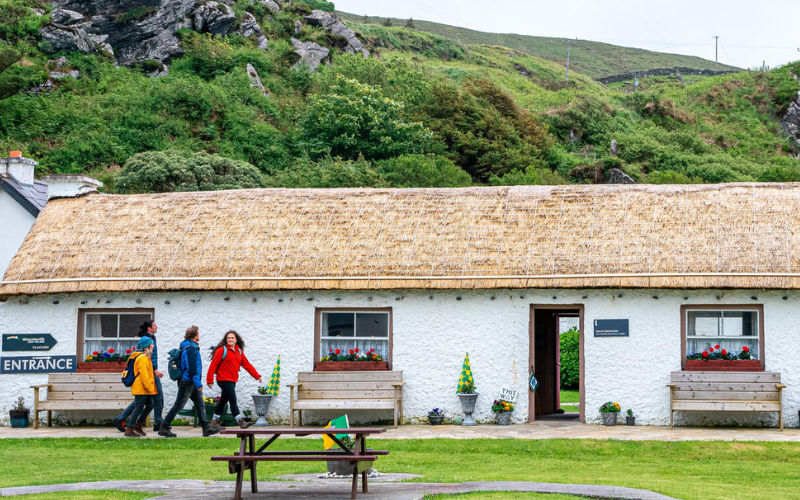Researchers have discovered a plant that has survived in Ireland since the Ice Age.
According to the Irish Times, a team from NUI Maynooth, led by ecologist Dr Conor Meade, used an advanced DNA sampling method to show that the plant, Fringed Sandwort, has lived in Ireland for up to 150,000 years.
Dr. Meade and collaborator Dr Colin Kelleher, from the National Botanic Gardens, gathered samples of the plant from the top of Benbulben in Co Sligo, while fellow team researchers Xiaodong Dang and Emma Howard-Williams collected similar plants from mountain peaks all over Europe.
Analysis of the samples showed the plants, which sport attractive white flowers and thrives up mountain sides at 2,5000m to 3,000m, were the same.
“The data was unambiguous. There can be no doubt what we have in Spain and Italy is what we have on Benbulben,” said Dr Meade, who heads the molecular ecology laboratory in Maynooth’s department of biology.
The plant survived the ice age by growing in places such as the high slopes of Benbulben that the Inuit refer to as nunataks, or rocky outcrops above ice.
“There is some evidence for nunataks and there was one on Benbulben. The north face of Benbulben appears to have remained ice-free,” said Dr. Meade
“If we are going to find an ancient survivor we will probably find it here and it will only be found here,” he added.
The Irish Times reports that the team "developed a new DNA analysis method that allowed them to show quickly that all the plants tested were effectively the same plant – strong evidence that those found here weren’t blow-ins that arrived once the glaciers had gone."
According to Dr Meade, if this plant survived, it is possible others did too.




Comments